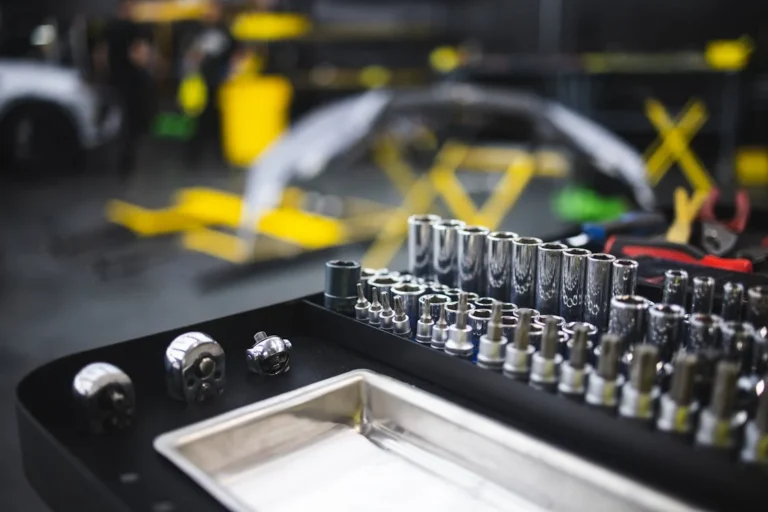In 2025, IT infrastructure complexity is at an all-time high, driven by hybrid cloud architectures, microservices, and increasing user demands. Traditional monitoring and manual troubleshooting can’t keep up, resulting in costly downtime and degraded user experiences. Enter AIOps—the fusion of artificial intelligence and operations management. Here’s your guide to the nine essential AIOps tools that every SRE team must leverage to ensure reliability, speed, and operational excellence.
Why AIOps Tools Are No Longer Optional for SRE Teams
Today’s site reliability engineers (SREs) face an unprecedented challenge: maintaining system reliability and responsiveness amid rapid digital transformation. AIOps tools enhance decision-making capabilities, proactively identify and resolve issues, and eliminate unnecessary manual tasks, freeing up SRE teams to focus on strategic objectives.
9 Essential AIOps Tools Your SRE Team Needs in 2025
1. PagerDuty
PagerDuty excels at intelligent incident management, providing automated incident response workflows, precise alerting, and seamless integrations. With machine learning capabilities, PagerDuty identifies critical alerts, reduces alert noise, and orchestrates responses, enabling rapid MTTR reductions.
2. Datadog
Datadog offers comprehensive AI-driven monitoring across infrastructure, applications, and logs. Its machine learning-driven anomaly detection proactively identifies deviations, while its integrated dashboards enable fast troubleshooting and holistic performance insights.
3. Dynatrace
Dynatrace provides advanced full-stack AI observability. Utilizing its Davis AI engine, Dynatrace automates root cause analysis (RCA) and anomaly detection, delivering precise diagnostics and automatic issue resolution suggestions.
4. Moogsoft
Moogsoft focuses on incident correlation and automation. Its advanced AI clusters related alerts, significantly reducing alert noise. Moogsoft enables rapid incident identification, correlation, and resolution, minimizing manual analysis and response time.
5. Splunk ITSI (IT Service Intelligence)
Splunk ITSI uses predictive analytics powered by AI to anticipate and mitigate outages proactively. It provides real-time visibility into operational health, predictive anomaly detection, and automated RCA, significantly improving uptime and service reliability.
6. Prometheus & Grafana (AI-enhanced)
Prometheus paired with Grafana remains a popular choice for metrics monitoring, now enhanced by AI plugins that detect anomalies and forecast potential system failures. Grafana’s advanced visualization enables SRE teams to pinpoint issues visually and intuitively.
7. New Relic
New Relic integrates powerful AI capabilities into its performance monitoring, providing real-time analysis and insights across your stack. AI-driven alerts reduce false positives, while automated RCA simplifies incident troubleshooting dramatically.
8. Instana
Instana automatically discovers infrastructure and services, deploying AI-driven monitoring that instantly identifies anomalies, performance bottlenecks, and service degradations. Its continuous intelligence delivers immediate, actionable insights for SRE teams.
9. BigPanda
BigPanda specializes in intelligent event correlation and noise reduction, using machine learning to correlate incidents across diverse tools and systems. This dramatically shortens MTTR and simplifies incident management by providing unified incident visibility.
Choosing the Right AIOps Tools: Expert Selection Criteria
Selecting AIOps tools requires careful consideration of several critical factors:
- Scalability: Can the tool handle your future growth?
- Integration: Does it seamlessly integrate with your existing tech stack?
- Automation Level: How extensive are the tool’s automation capabilities?
- User Experience: Is the interface intuitive and user-friendly?
- Cost-Effectiveness: Does it deliver value relative to its cost?
Real-world AIOps Success Stories
- Netflix: Leveraged predictive analytics to proactively address issues, preventing 70% of potential incidents before customer impact.
- Google: Adopted automated RCA tools, cutting investigation time from hours to mere minutes, significantly enhancing uptime.
- Airbnb: Utilized intelligent alert correlation, reducing alert noise by 60% and improving incident resolution efficiency dramatically.
Actionable Guide: Steps to Integrate AIOps Tools in Your SRE Workflow
Follow this structured path to seamless integration:
- Assess Current State: Evaluate your existing monitoring and incident response processes.
- Identify Gaps: Clearly define where manual processes are slowing response times.
- Tool Selection: Choose tools that best align with your identified gaps and goals.
- Pilot Implementation: Begin with smaller teams or systems, gradually scaling up.
- Iterate and Optimize: Continually refine tool usage, ensuring maximum effectiveness.
Future Trends in AIOps for SRE Teams
Expect further integration of generative AI, enabling advanced predictive analytics and natural language processing (NLP) in incident resolution. Enhanced autonomous remediation and tighter integrations across platforms will increasingly empower SRE teams, significantly reshaping the IT operations landscape by 2025 and beyond.
Conclusion
Adopting these nine essential AIOps tools positions your SRE team to proactively manage IT operations, dramatically improving reliability, reducing downtime, and delivering exceptional digital experiences. Equip your team today to master tomorrow’s operational complexities.


